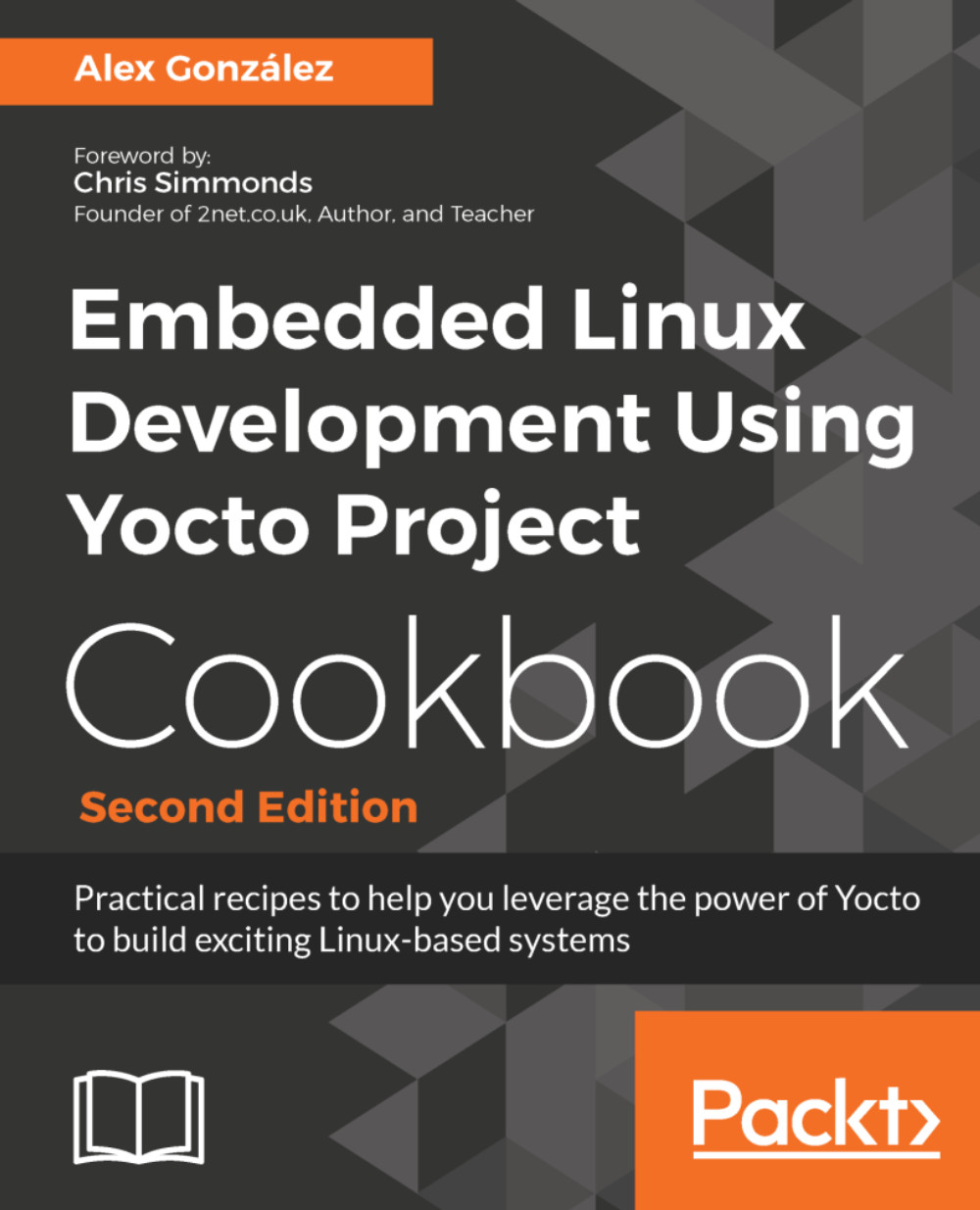Managing the device tree
The device tree is a data structure that is passed to the Linux kernel to describe the physical devices in a system.
In this recipe, we will explain how to work with device trees.
Getting ready
Devices that cannot be discovered by the CPU are handled by the platform devices API on the Linux kernel. The device tree replaces the legacy platform data where hardware characteristics were hardcoded in the kernel source so that platform devices can be instantiated. Before device trees came into use, the bootloader (for example, U-Boot) had to tell the kernel what machine type it was booting. Moreover, it had to pass other information such as memory size and location, kernel command-line, and more.
The device tree was first used by the PowerPC architecture and was adopted later on by ARM and all others, except x86. It was defined by the Open Firmware specification, which defined the flattened device tree format in Power.org Standard for Embedded Power Architecture Platform Requirements...































































